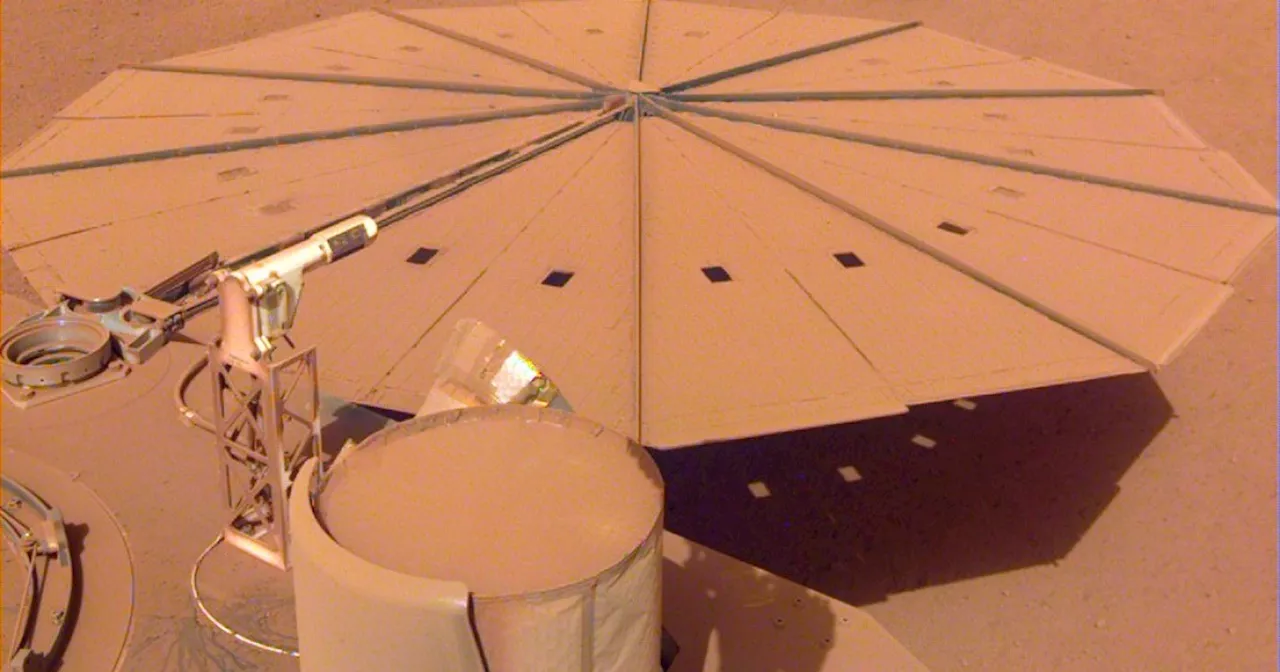Using new instruments and clever science, the Mars Insight lander left us with incredible new insight into the belly of the red planet.
The life of the Mars InSight lander came to an end last year as its solar panels were covered with dust and its power supply slowly dwindled away. After four years of research and data collection, NASA officially declared the end of the mission in December 2022.
Shaken by quakes The Earth has tectonic plates that shift and move over millions of years, causing earthquakes when they rub together. Mars doesn’t have plate tectonics today, but it is shaken by similar quakes called marsquakes. That means the right instrument can study those quakes and the way they bounce around the planet’s interior to learn more about its structure.
How to measure a marsquake Seismometers are a fairly basic piece of equipment, and given how much experience we have using them on Earth, adjusting them for Mars is conceptually simple. The designers needed to adjust for the different level of gravity, and the instrument needed to be extremely sensitive to pick up small shakes. But that was the easy part.
Understanding seismic waves To understand how InSight works, you need to understand seismic waves. There are two types of seismic waves, called P and S. As waves pass through the planet, they can move in different ways: With P waves, the material moves backward and forward in the same direction that the wave is moving. With S waves, the material moves side to side compared to the direction of the wave.
Working out the location of the source is a bit more complicated. The process uses a property called the polarization of the seismic waves, which refers to the direction of motion within the wave. “So if a P wave is coming in from the east, for example, its particle motions are going to be moving in the east-west direction. They’re not going to be going north-south,” Panning explained.
So InSight took data from marsquakes to measure the depth of the layers. As each layer has different material properties, each one interacts with seismic waves in different waves. And this is what allows researchers to work out the thickness and properties of each layer.
United States Latest News, United States Headlines
Similar News:You can also read news stories similar to this one that we have collected from other news sources.
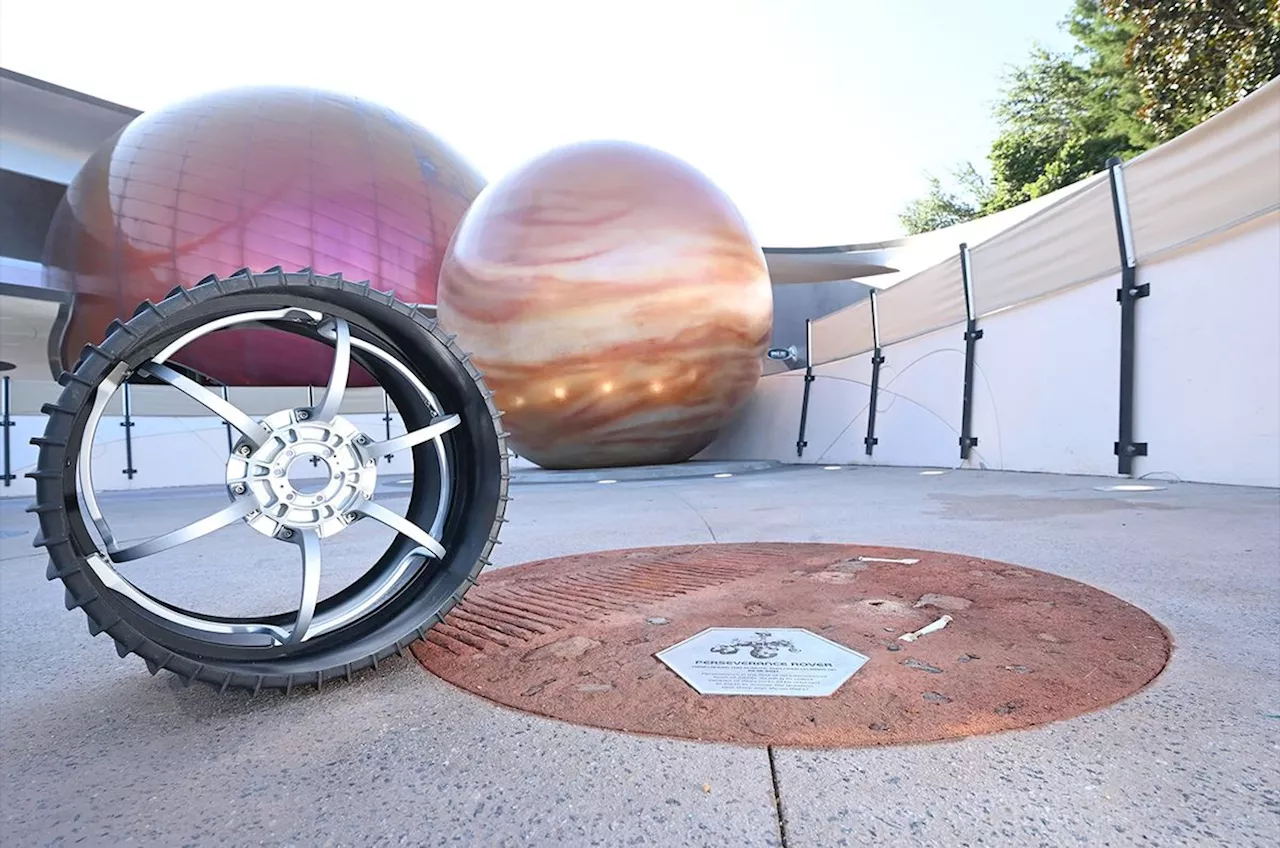 Disney debuts NASA Perseverance Mars rover tracks at EPCOT's Mission: SPACERobert Pearlman is a space historian, journalist and the founder and editor of collectSPACE.com, an online publication and community devoted to space history with a particular focus on how and where space exploration intersects with pop culture. Pearlman is also a contributing writer for Space.com and co-author of 'Space Stations: The Art, Science, and Reality of Working in Space” published by Smithsonian Books in 2018. He previously developed online content for the National Space Society and Apollo 11 moonwalker Buzz Aldrin, helped establish the space tourism company Space Adventures and currently serves on the History Committee of the American Astronautical Society, the advisory committee for The Mars Generation and leadership board of For All Moonkind. In 2009, he was inducted into the U.S. Space Camp Hall of Fame in Huntsville, Alabama. In 2021, he was honored by the American Astronautical Society with the Ordway Award for Sustained Excellence in Spaceflight History.
Disney debuts NASA Perseverance Mars rover tracks at EPCOT's Mission: SPACERobert Pearlman is a space historian, journalist and the founder and editor of collectSPACE.com, an online publication and community devoted to space history with a particular focus on how and where space exploration intersects with pop culture. Pearlman is also a contributing writer for Space.com and co-author of 'Space Stations: The Art, Science, and Reality of Working in Space” published by Smithsonian Books in 2018. He previously developed online content for the National Space Society and Apollo 11 moonwalker Buzz Aldrin, helped establish the space tourism company Space Adventures and currently serves on the History Committee of the American Astronautical Society, the advisory committee for The Mars Generation and leadership board of For All Moonkind. In 2009, he was inducted into the U.S. Space Camp Hall of Fame in Huntsville, Alabama. In 2021, he was honored by the American Astronautical Society with the Ordway Award for Sustained Excellence in Spaceflight History.
Read more »
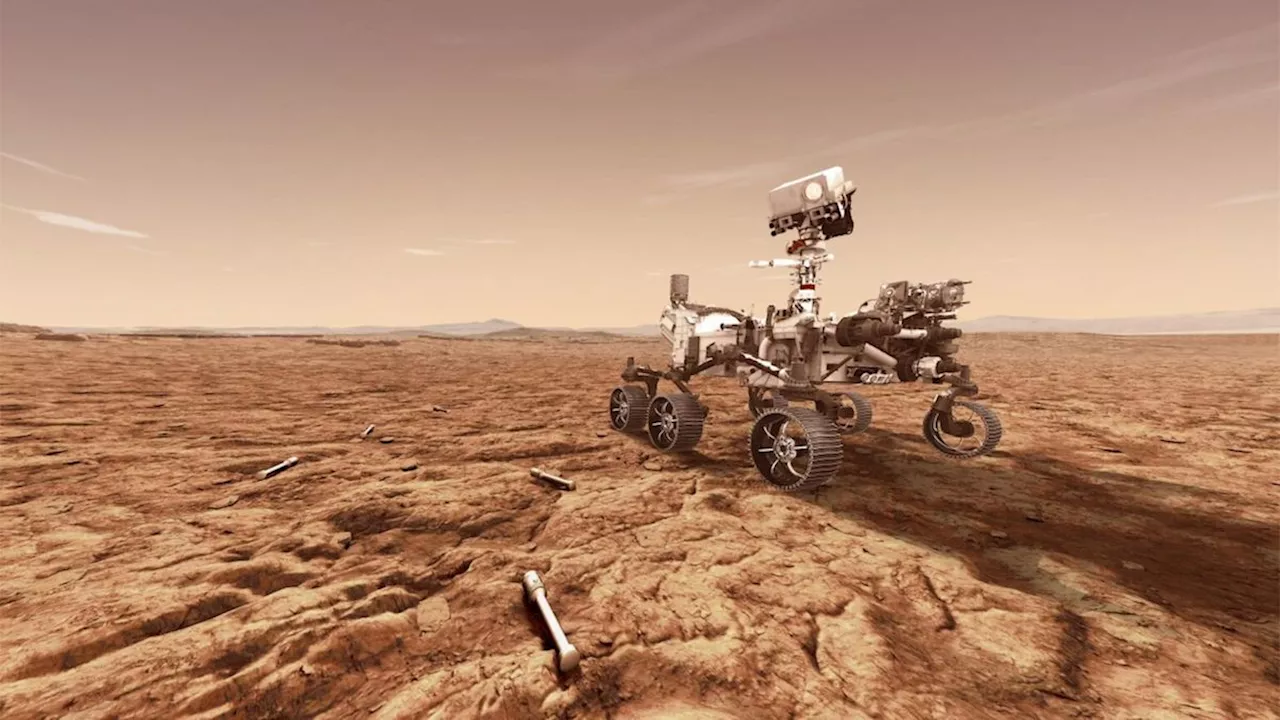 NASA's Mars rovers could inspire a more ethical future for AIDubbed “Margaret Mead among the Starfleet” in the Times Literary Supplement, Janet Vertesi is associate professor of sociology at Princeton University and a specialist in the sociology of science, technology, and organizations. The author of Seeing like a Rover (Chicago 2015) and Shaping Science (2020), she has spent the past fifteen years studying how NASA’s robotic spacecraft teams work together effectively to produce scientific and technical results. She is also an active researcher in Human-Computer Interaction, publishing at ACM CHI, Computer-Supported Cooperative Work, and Ubiquitous Computing. Vertesi holds a Ph.D. from Cornell University and M.Phil from University of Cambridge; she is a Fellow of the Princeton Center for Information Technology Policy, an advisory board member of the Data & Society Institute, and a member of the NASA JPL Advisory Council. She writes about her Opt Out Experiments at https://www.optoutproject.net and her academic publications are at https://janet.vertesi.com
NASA's Mars rovers could inspire a more ethical future for AIDubbed “Margaret Mead among the Starfleet” in the Times Literary Supplement, Janet Vertesi is associate professor of sociology at Princeton University and a specialist in the sociology of science, technology, and organizations. The author of Seeing like a Rover (Chicago 2015) and Shaping Science (2020), she has spent the past fifteen years studying how NASA’s robotic spacecraft teams work together effectively to produce scientific and technical results. She is also an active researcher in Human-Computer Interaction, publishing at ACM CHI, Computer-Supported Cooperative Work, and Ubiquitous Computing. Vertesi holds a Ph.D. from Cornell University and M.Phil from University of Cambridge; she is a Fellow of the Princeton Center for Information Technology Policy, an advisory board member of the Data & Society Institute, and a member of the NASA JPL Advisory Council. She writes about her Opt Out Experiments at https://www.optoutproject.net and her academic publications are at https://janet.vertesi.com
Read more »
 First NASA One-Year Mars Mission Simulation Reaches 100 DaysThe first crew to take part in a yearlong NASA Mars analog mission reached a milestone of 100 days inside the 1,700-square-foot habitat on October 3.
First NASA One-Year Mars Mission Simulation Reaches 100 DaysThe first crew to take part in a yearlong NASA Mars analog mission reached a milestone of 100 days inside the 1,700-square-foot habitat on October 3.
Read more »
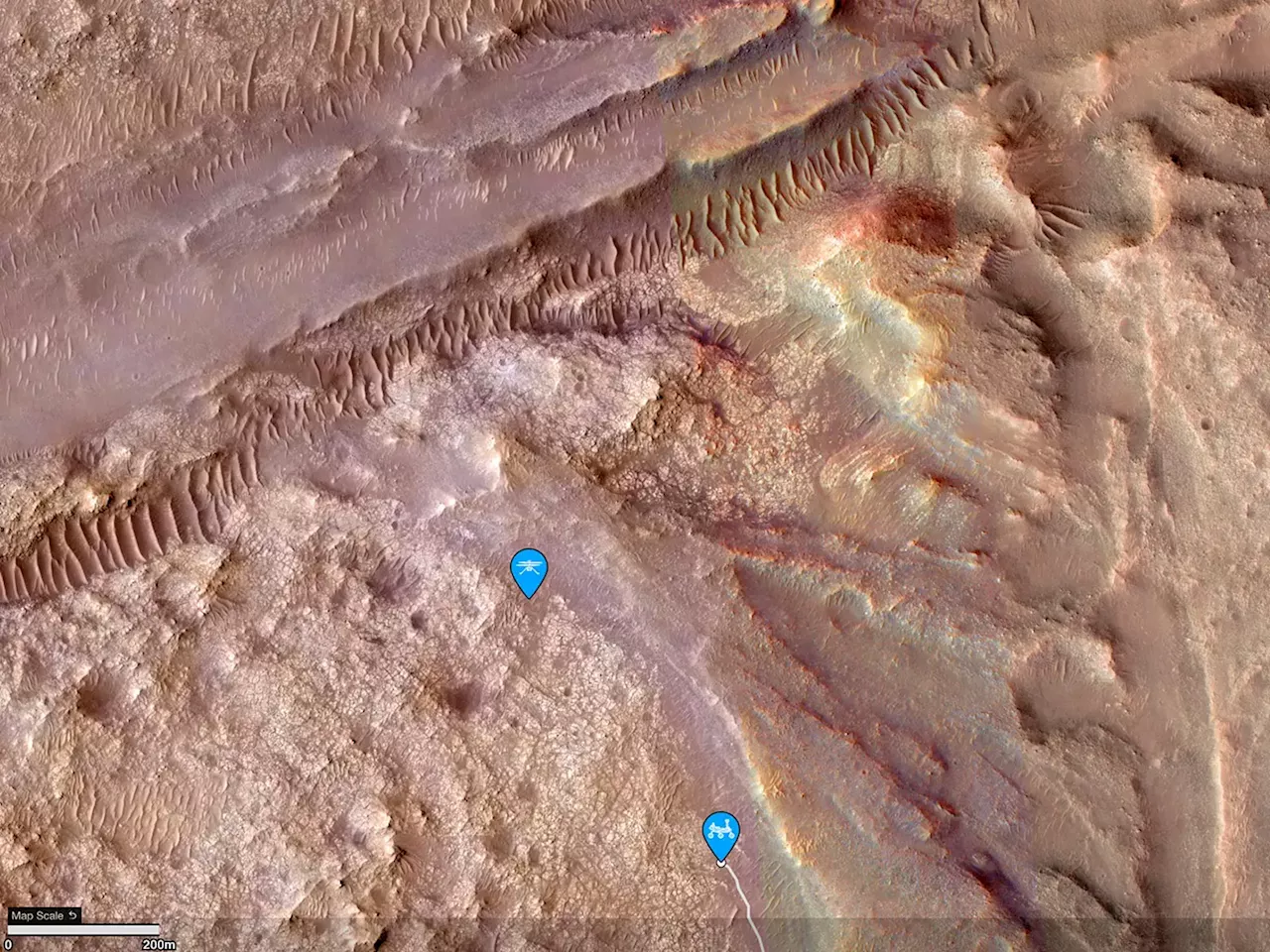 NASA’s Perseverance Mars Rover: The Triple-Junction Trek to Jurabi PointScience, Space and Technology News 2023
NASA’s Perseverance Mars Rover: The Triple-Junction Trek to Jurabi PointScience, Space and Technology News 2023
Read more »
 NASA\u2019s Global Science Hackathon Attracts Thousands of Participants - NASAMore than 50,000 participants have registered for the 2023 NASA Space Apps Challenge Saturday, Oct. 7, to Sunday, Oct. 8, which is the largest annual
NASA\u2019s Global Science Hackathon Attracts Thousands of Participants - NASAMore than 50,000 participants have registered for the 2023 NASA Space Apps Challenge Saturday, Oct. 7, to Sunday, Oct. 8, which is the largest annual
Read more »
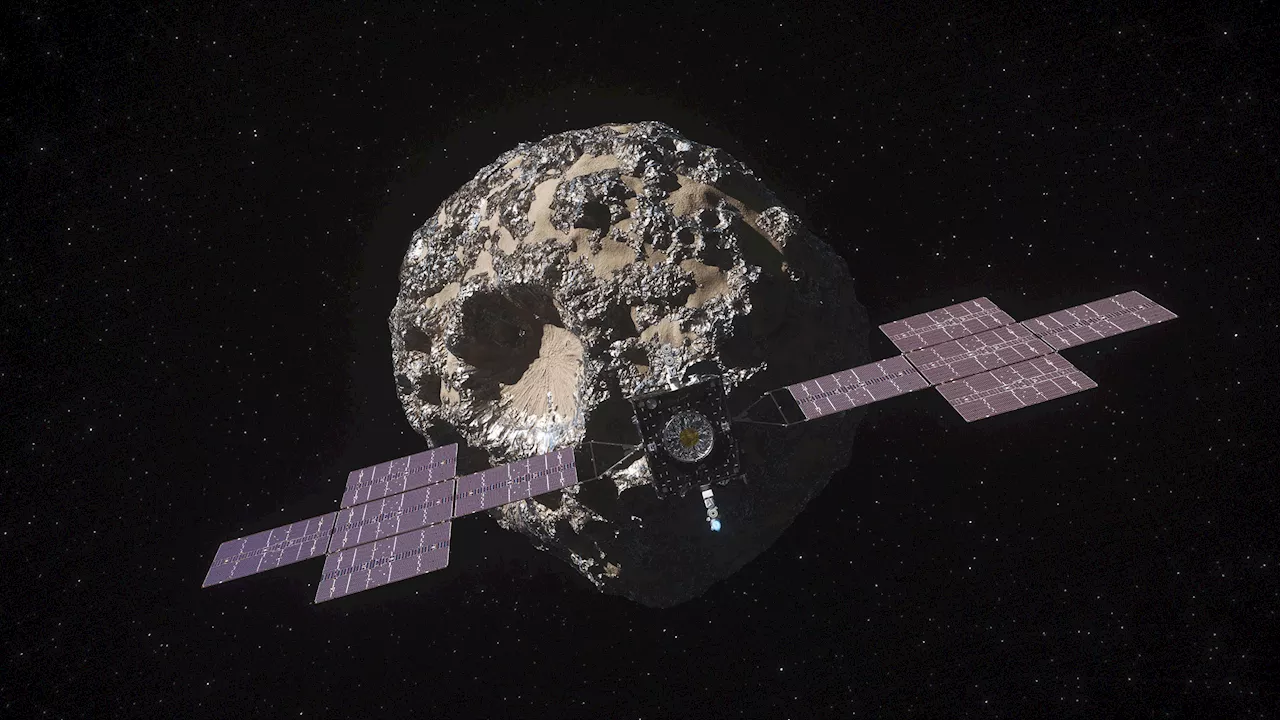 6 Things to Know About NASA\u2019s Asteroid-Exploring Psyche Mission - NASAThe first-ever mission to study a metal-rich asteroid, Psyche aims to help scientists learn more about the formation of rocky bodies in our solar system.
6 Things to Know About NASA\u2019s Asteroid-Exploring Psyche Mission - NASAThe first-ever mission to study a metal-rich asteroid, Psyche aims to help scientists learn more about the formation of rocky bodies in our solar system.
Read more »
